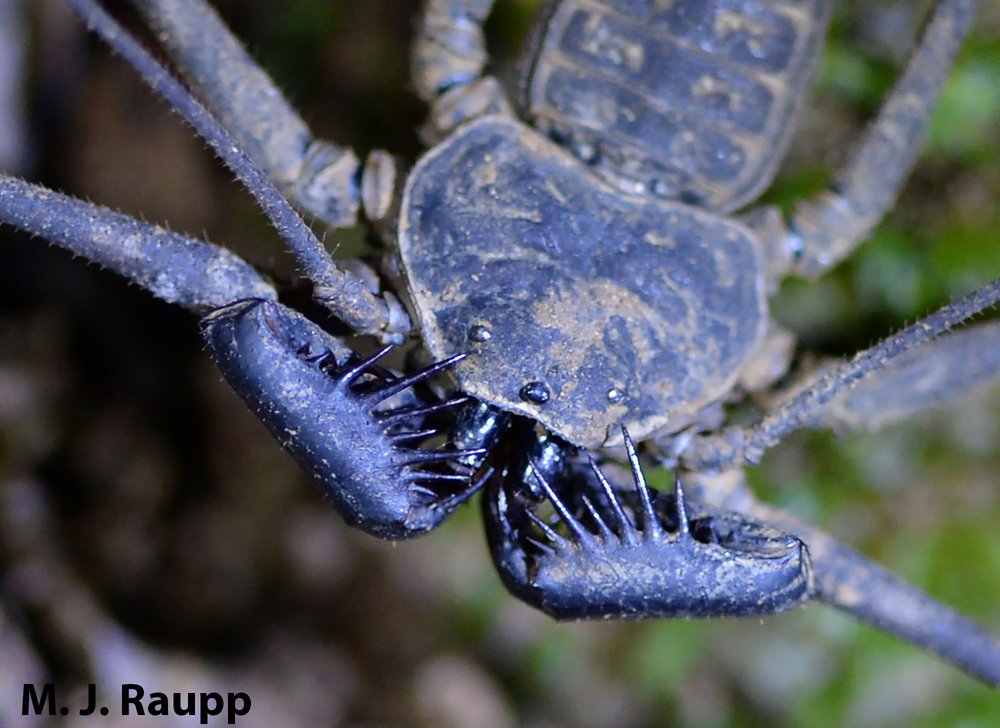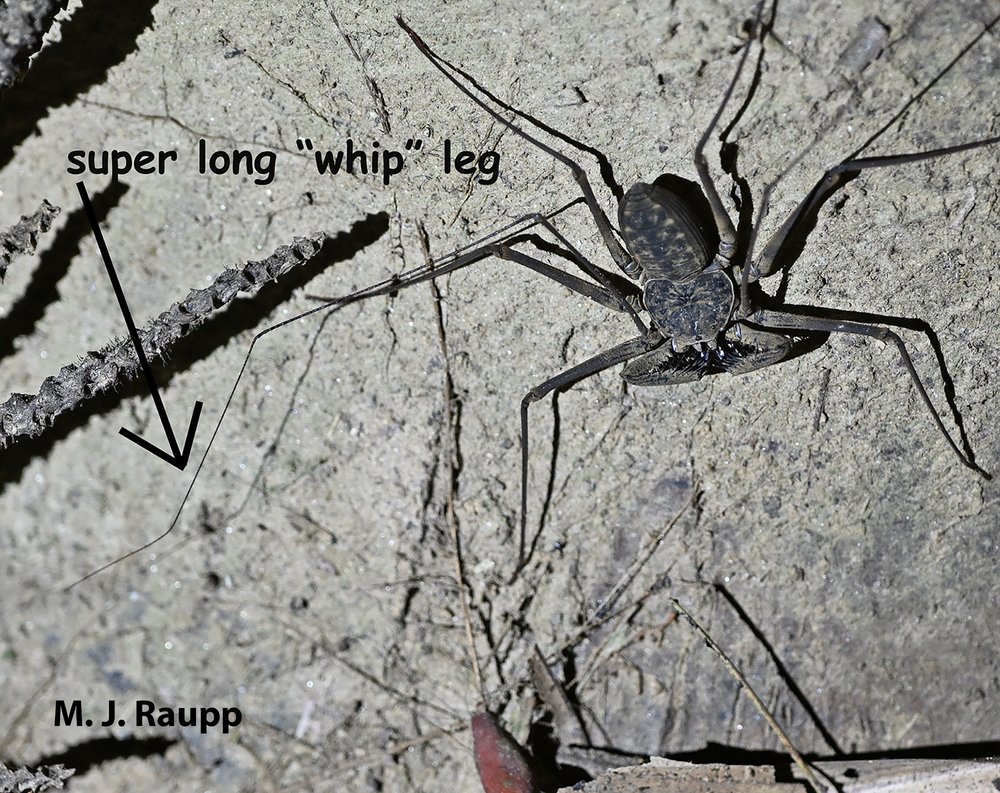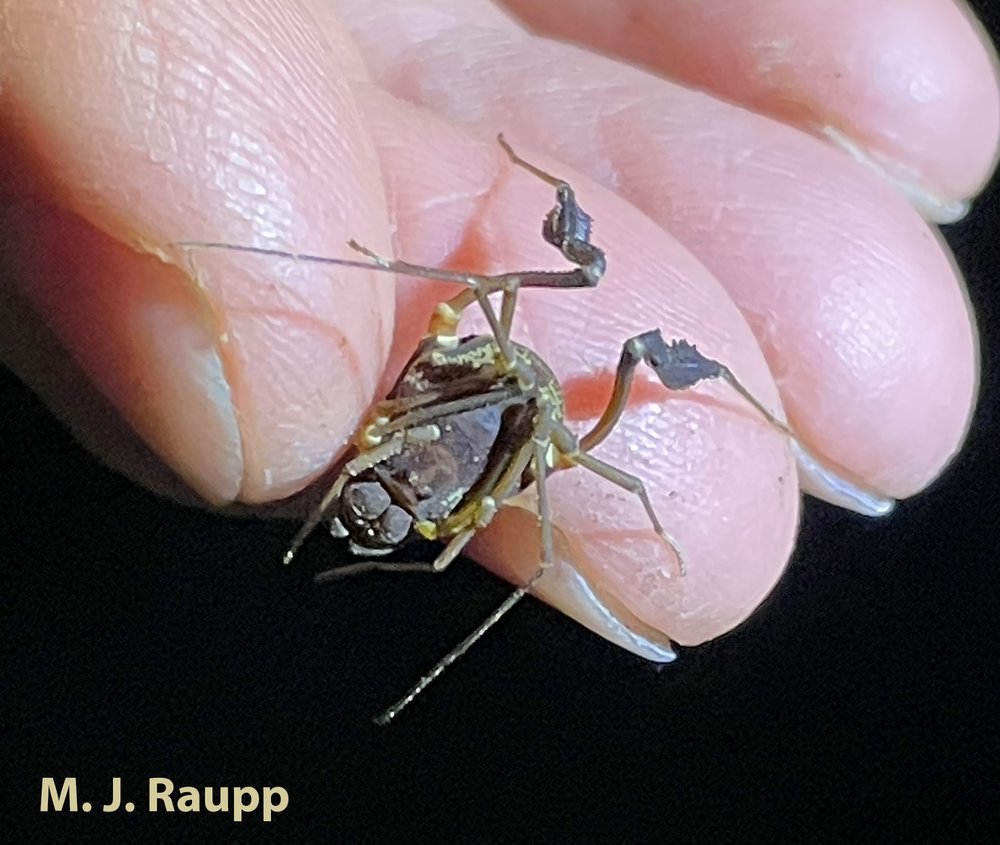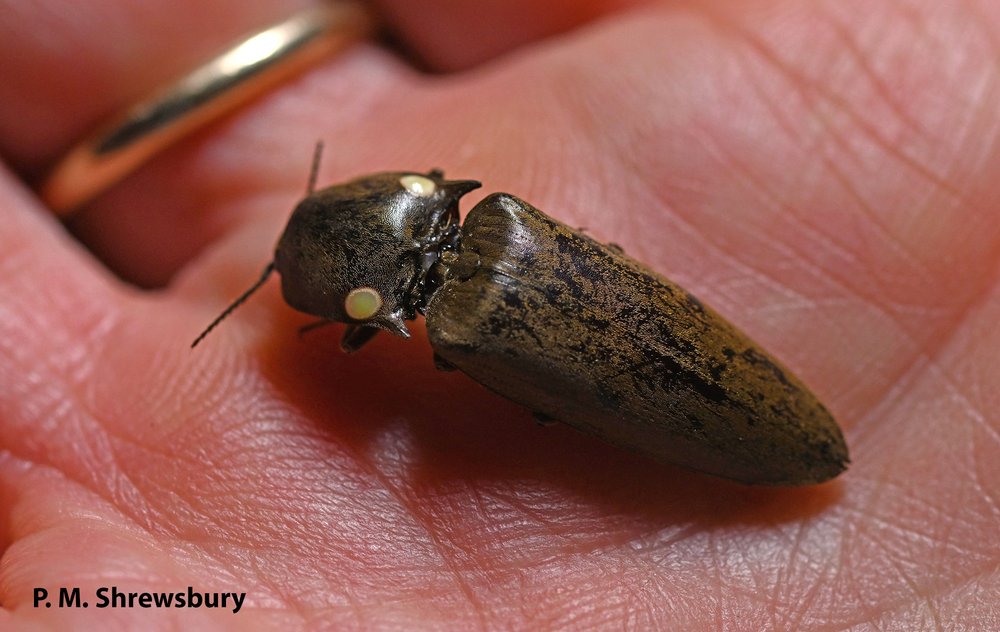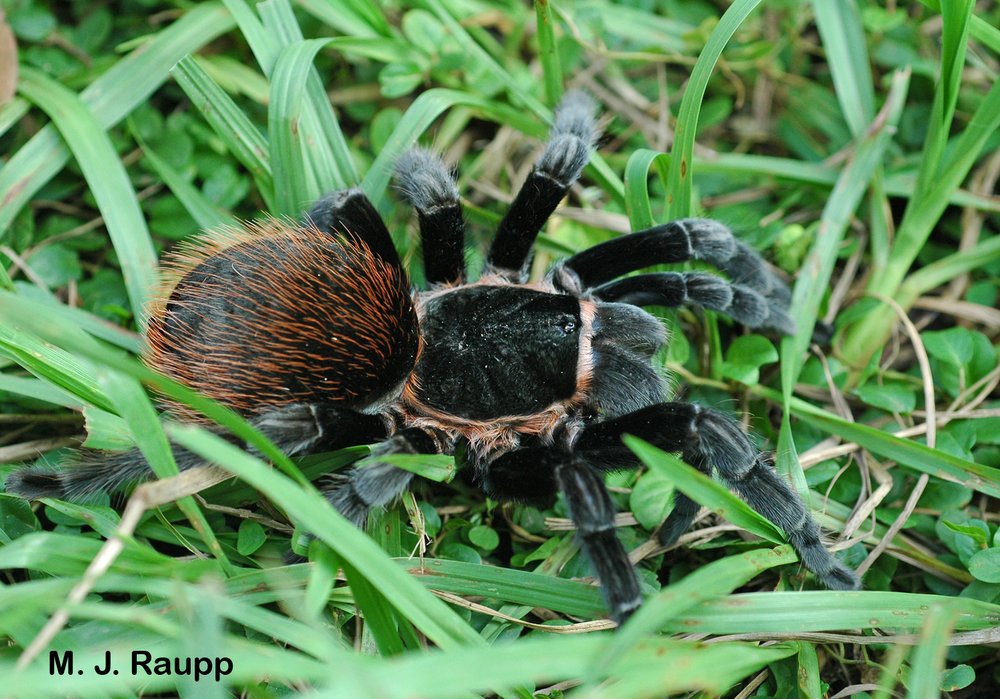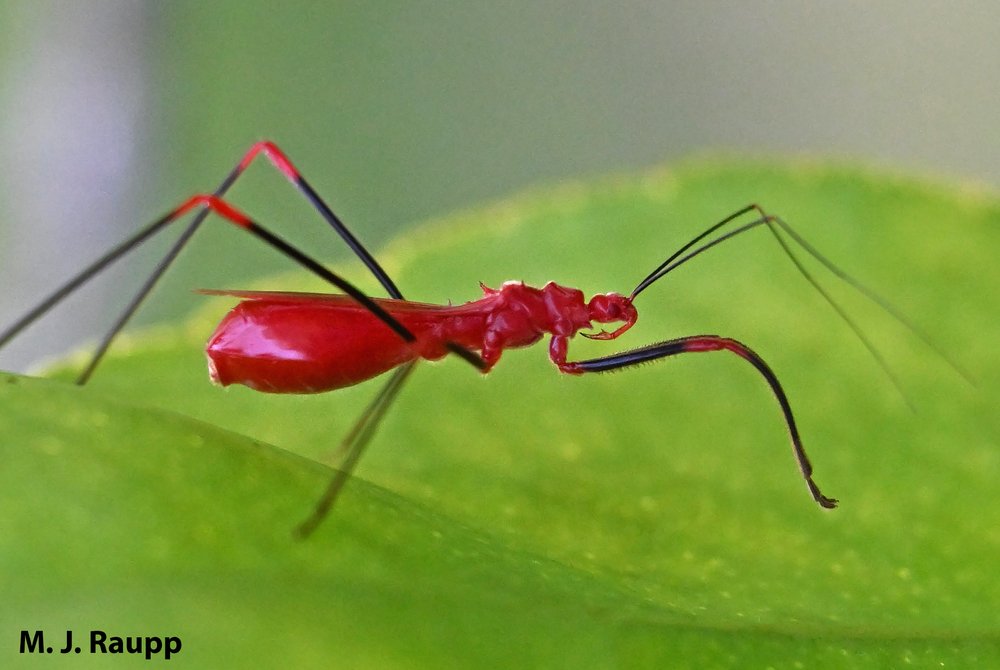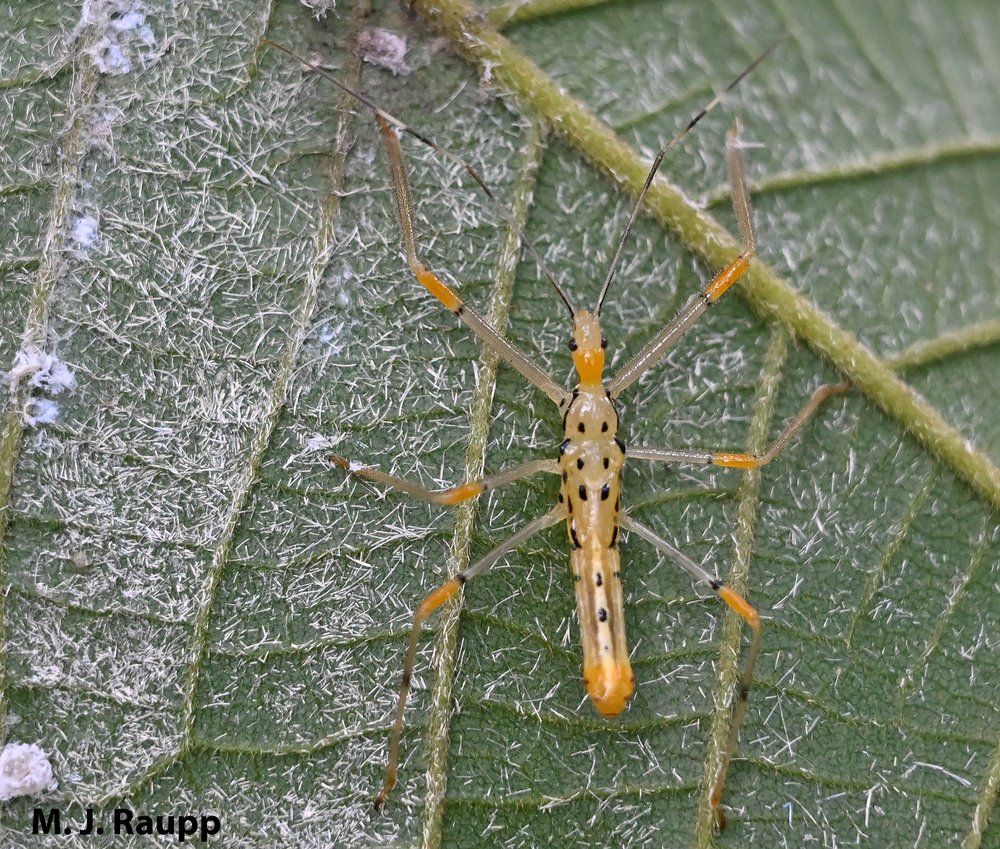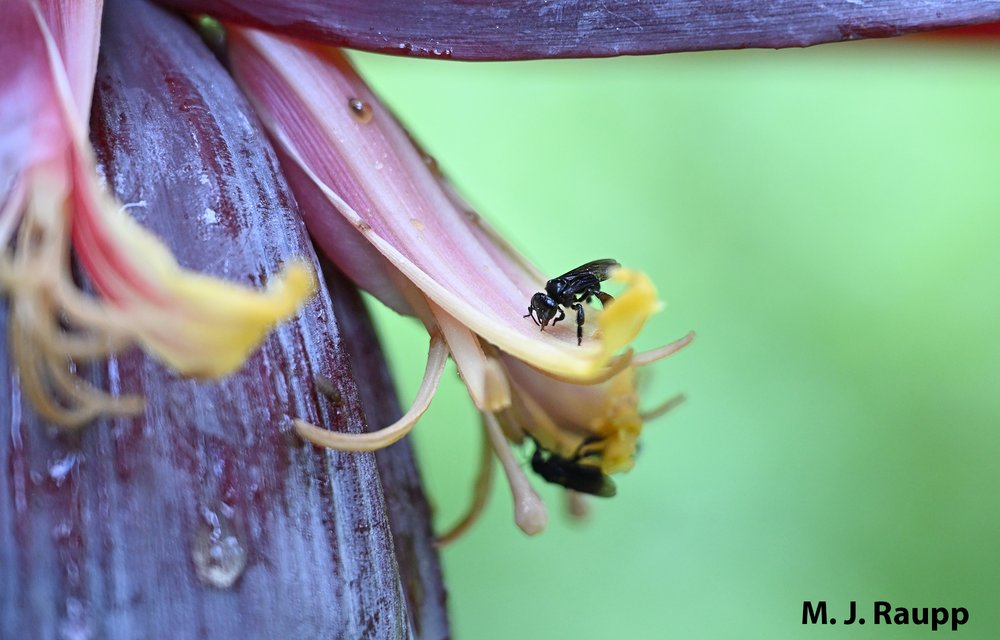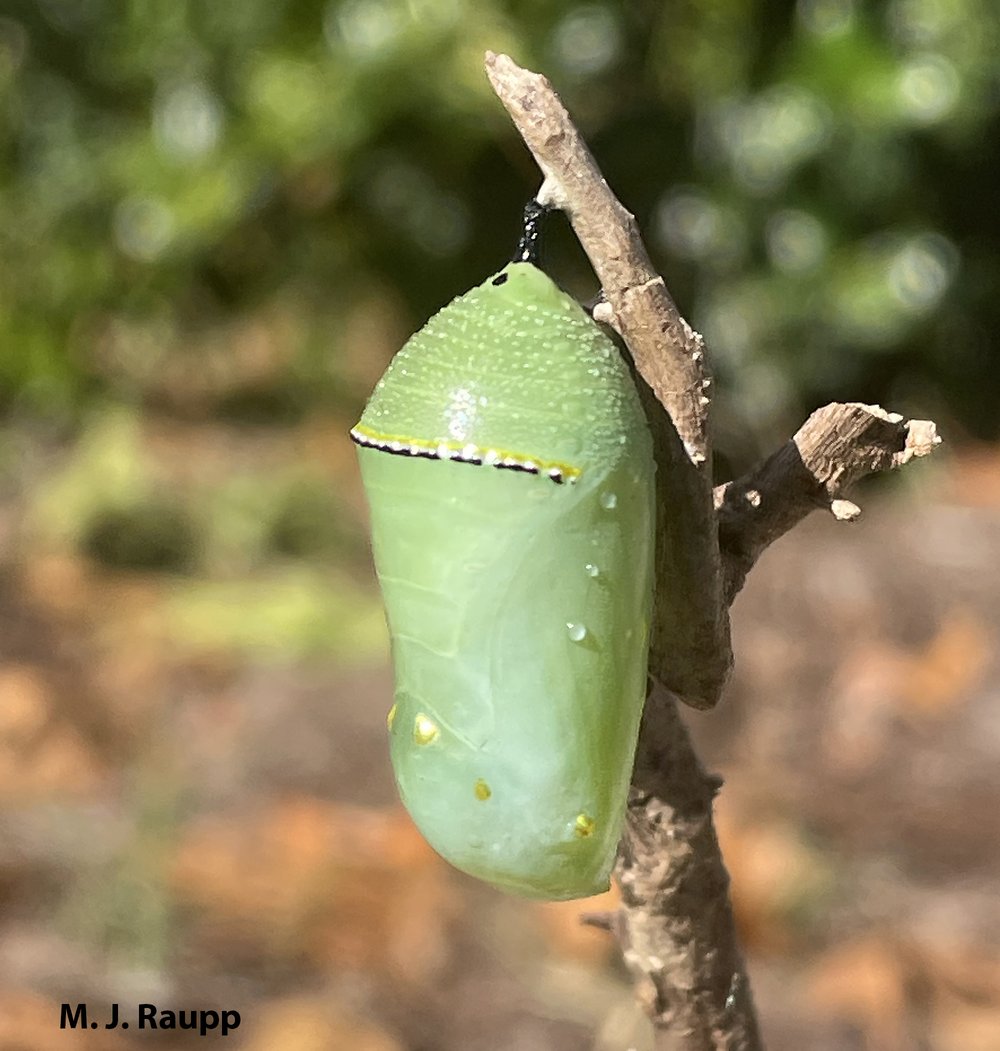Jaws of the jungle: Leafcutter ants and Army ants

Tales are told of the Mayans using ant soldiers to close wounds. Where these the sickle-shaped jaws of army ants or the powerful jaws of leafcutter ants?
Yeah, I know, a corny little play on words from George of the Jungle, that funny old 1960s animated series by Jay Ward and Bill Scott which was later made into a full-length motion picture starring Brendon Fraser in 1997. Well, this week let’s return to the jungles of Belize where we recently visited stingless bees, sassy assassin bugs, red rump tarantulas, headlamp beetles, and incredibly fast whip spiders. Deep in the rainforest and sometimes encroaching on humans live a pair of remarkable ants with truly amazing jaws.

We discovered that the jaws of a leafcutter ant could surely open a wound.
A short hike into the Maya Mountains brought us into contact with a large colony of leafcutter ants. Leafcutters have been termed a superorganism of the tropical rainforest, creatures with social structure and specialized roles that, as individuals, cooperate and contribute to the success and survival of their colony. It has been said that on planet earth only two creatures cultivate crops: humans and leafcutter ants. Night and day, members of the worker caste search for nutritious leaves on trees, vines, and shrubs. When scouts find a suitable food source, they direct other workers to the bounty by releasing trail-marking chemicals called pheromones. The amazing jaws of major workers clip small sections of leaves and flowers and carry them to the ground, where they join a rambunctious procession of nest mates. In this parade, intermediate sized workers busily transport leaf sections while smaller workers sometimes hitchhike on leaves and help defend their sisters from marauding predators and parasitic flies. Nearby, large imposing soldiers defend their sisters and the colony with powerful jaws. As leafcutters remove foliage from a tree, the parade of ants may extend for distances of more than 200 yards as workers carry leafy cargo back to a subterranean nest.
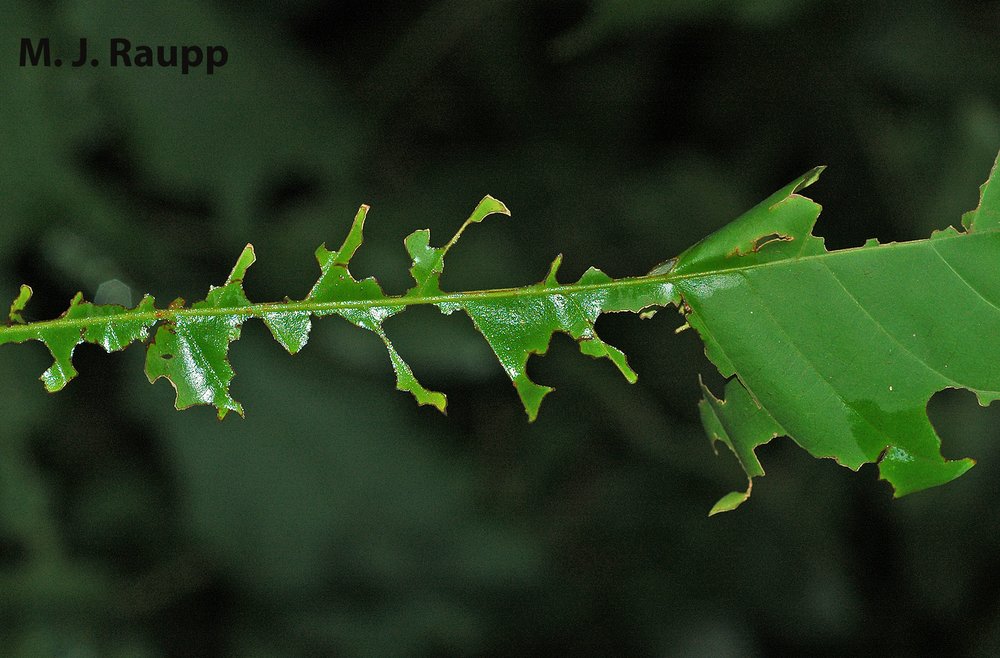
Leaves can look like this after a visit from leafcutter ants.
A leafcutter nest is a marvelous structure that may contain several million ants and occupy 600 square meters of forest floor. Sophisticated ventilation systems cool the bustling nest and allow carbon dioxide to escape while drawing in oxygen. Once inside the nest, leaves are delivered to other workers that take the leaf sections and clip them into ever smaller fragments. These fragments are carefully inserted into a garden of living fungus maintained by the ants. Leaves serve as a substrate for fungi, which is harvested as the source of food for the entire ant colony. The fungus garden is meticulously tended by workers. Destructive alien fungi are detected and removed. Secretions produced by the queen and workers facilitate the growth of the cultivated fungus. Fungal strands produce specialized structures called gongylidia. Gongylidia are fed to the developing larvae and distributed throughout the colony to feed workers and the queen. To support their enormous colonies, leafcutters remove vast amounts of vegetation each day. It is estimated that large colonies may remove more than 500 dry weight pounds of vegetation annually.
With a work force like this, it’s little wonder that some rainforest trees disappear overnight as leafcutter ants take foliage back to their amazing subterranean fungus gardens.
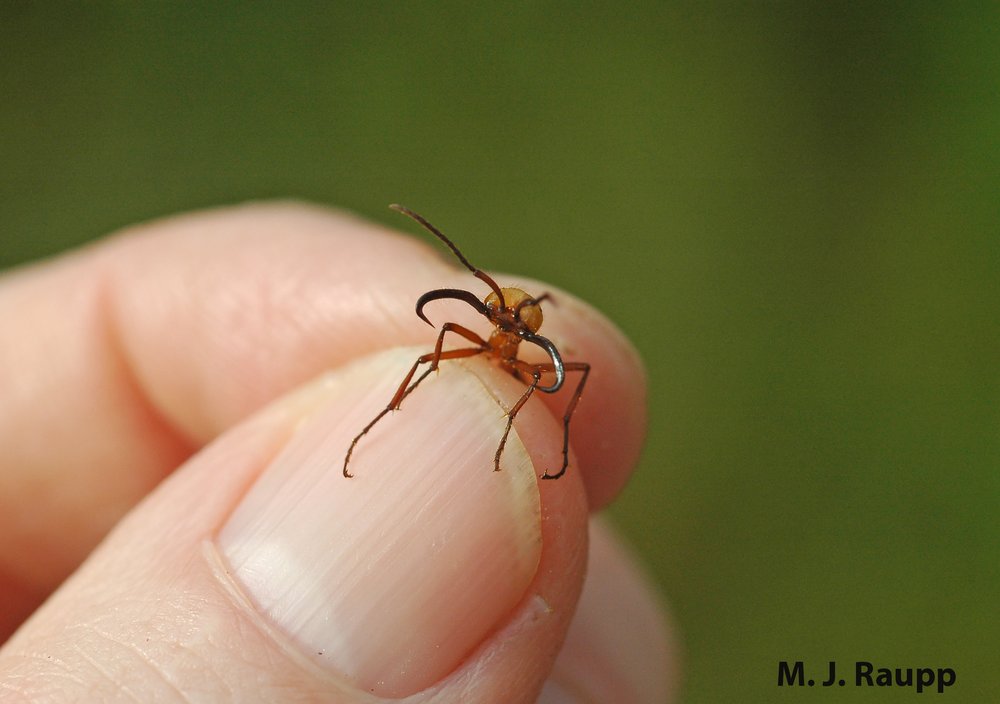
Sickle-shaped jaws of the army ant soldier compressed the skin and likely could act as sutures.
Another superorganism of the rainforest is the fierce army ant, arguably the most rapacious insect predator in the jungle. On a mountainside in the Cockscomb range of the Maya Mountains, we encountered a streaming column of army ants. This bustling brigade was only a small portion of a pillaging horde hunting food in one small corner of the forest. Single colonies of army ants contain hundreds of thousands to more than a million workers capable of capturing and eating thousands of assorted arthropods each day. The column consisted of large and small workers busily transporting food to a temporary food cache or colony site called a bivouac. In lesser numbers within and alongside the column were imposing soldiers. These grotesque giants sported huge, sickle-shaped jaws used to defend workers and colony from attack. At the raiding end of the ant column, a chaotic melee of murder and mayhem ensued as swarms of stinging and biting workers captured other arthropods, primarily insects and spiders. Other unfortunate small animals that fail to escape the approaching horde may also succumb. After subduing victims, workers dismember their prey and transport them in large and small pieces back to a food cache or bivouac to feed developing larval ants, their attendants, and the hungry queen.

Army ants sometimes make their bivouac in unusual places which can cause a bit of panic for someone using an outhouse in the rainforest.
The bivouac is usually in a protected location beneath a log or between the buttress roots of a large tree. It is formed by thousands of ants linked leg to leg in a protective living cover for the queen and young. However, army ants may set up bivouacs in man-made structures. I have witnessed this event firsthand on a study abroad where army ants raided a research station and established a bivouac in an outhouse. This provided quite a surprise when a sleepy student undertook a nighttime visit to the privy. The life of army ant colonies is characterized by two distinct phases. When the colony is in the nomadic phase, workers hunt by day and bring food back to the colony, but they stop carrying food to the bivouac as night approaches. Bivouacs are relocated periodically when excited workers transport food and ant larvae away from an old bivouac to a new one along one of the outward leading trails. As the old bivouac disintegrates, the queen and her entourage follow a chemical trail through the forest and establish a new bivouac at a different location. The regular relocation of the bivouac in the nomadic phase enables legions of workers to pillage untapped areas of the forest for food each day. Several times a year, the colony enters a stationary phase. During this phase, the colony hunkers down in one location for several weeks. Larvae begin to pupate and the queen lays as many as 30,000 eggs each day. During the stationary phase, raids continue but are less frequent and intense. Army ants change locations of their jungle raids regularly. Foraging in different areas ensures that new victims will be found, and also allows future prey to repopulate recently searched areas. Over the span of a few weeks, thousands of eggs hatch and hungry young larvae place enormous demands for food on the colony. By now, ants produced during the previous stationary phase have completed development and matured into new workers. With thousands of new workers to forage and the demand for food high, the colony resumes its nomadic phase and it’s time for many small insects and other animals to run for their lives or die.
In the Belizean rainforest enormous leafcutter ants use their sharp jaws to slice sections of leaves to fuel their fungus gardens back at the colony. On the rainforest floor raiding columns of fierce army ants capture small insects to feed their young. Large soldiers with sickle-shaped jaws help to dismember prey like this hapless grasshopper. Can the jaws on a leafcutter close a wound? Nope, but they surely can open one. Can the sickle-like jaws of the army ant be used to close a wound as told in folklore? Probably so. These are but two of the fascinating jaws of the jungle.
Circling back to “jaws of the jungle” brings us to my attempt to reconcile a scene from Mel Gibson’s 2006 film Apocalypto. The scene in question features a Mayan mother who sutures her child’s leg wound using ants. The YouTube clip for this scene is entitled “Apocalypto – Using army ants as sutures”, and the video pretty clearly shows leafcutter ant soldiers being applied to the child’s leg. With both leafcutters and army ants on hand in the tropical rainforest, how could I resist the chance to see which one could really close a wound? First, I applied a large leafcutter ant to my thumb. It’s sharp jaws neatly sliced my skin, opening a slightly bloody but memorable wound. On another occasion, I repeated the experiment this time with a large army ant soldier. It’s long, powerful sickle-shaped jaws pierced my finger, clamped together, and neatly compressed my skin. These jaws of the jungle left no doubt of their ability to close a wound. So, the take home for me is this: Jaws of the leafcutter ant open a wound. Jaws of the army ant close a wound. The yin and yang of jaws of the jungle.
Acknowledgements
We thank Drs. Dan Gruner and Paula Shrewsbury, the hearty crew of BSCI 339M: Tropical Biology and Mayan Culture, and our fearless guides for providing the inspiration for this episode. The wonderful book “The Ants” by Bert Hölldobler and Edward O. Wilson, “The Insect Societies” by Edward O. Wilson, and the interesting article “Army Ants: A Collective Intelligence” by Nigel Franks, were used as references for this episode.
This post appeared first on Bug of the Week
